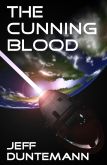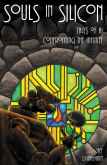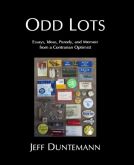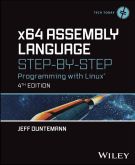Not much time tonight, but it's worth reporting a recipe that Carol threw together off the top of her head earlier today:
Pork Stew
Cut a two-pound pork roast (not a loin) into 1/2″ cubes. Sprinkle flour on a cookie sheet and then salt the flour. Coat the pork cubes with flour and salt, then brown them in oil. Add half a 750 ml bottle of some sweetish wine. We used Mountain Spirit Winery's Angel Blush, a fruit wine consisting of 40% apple, 40% pear, and 20% raspberry. Cover and simmer the browned meat in the wine while you cut up three Yukon Gold potatoes and two apples (we used Braeburns) into similar sized cubes. Simmer for three-four hours. It's not critical. Add water if the liquid level gets too low. The apples will break down and contribute some body to the gravy. Makes a lot; we should get three suppers out of it.
I tend to like sweeter wines, but I've never really warmed to fruit wine of any kind. I just finished the bottle of Breezy Hills Raspberry we brought home from Iowa (near Minden) last October, and it wasn't terrible but wasn't great. Fruit wines tend to taste yeasty to me, a little like beer, and I don't know if it's just a taste quirk of mine, or if I simply haven't tried any really good fruit wines.
The stew recipe was an experiment to see if stews (which can sometimes have a sweet edge to good effect) could be simmered in a sweet wine. The Angel Blush is a little too sweet to drink in any quantity, so we used it in the stew, and it worked very well. I don't think I would cook a darker meat in sweet wine, but for whatever reason, it went beautifully with lean pork. Give it a shot.










